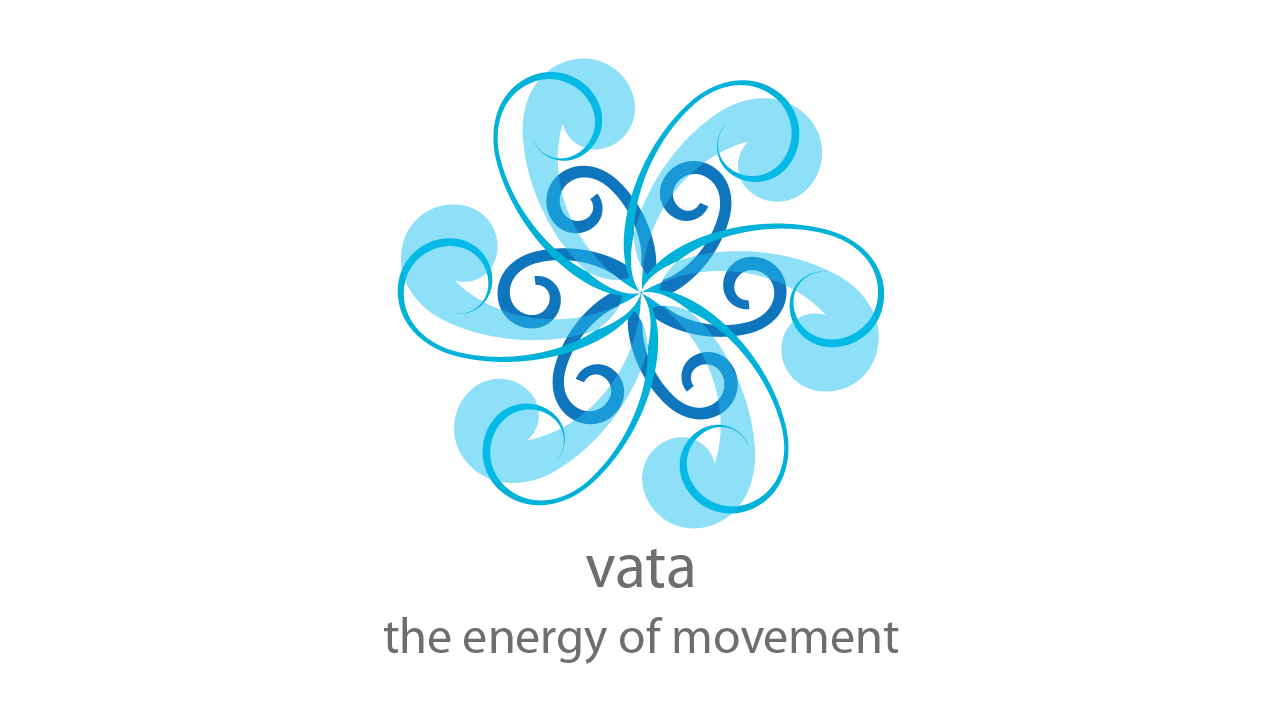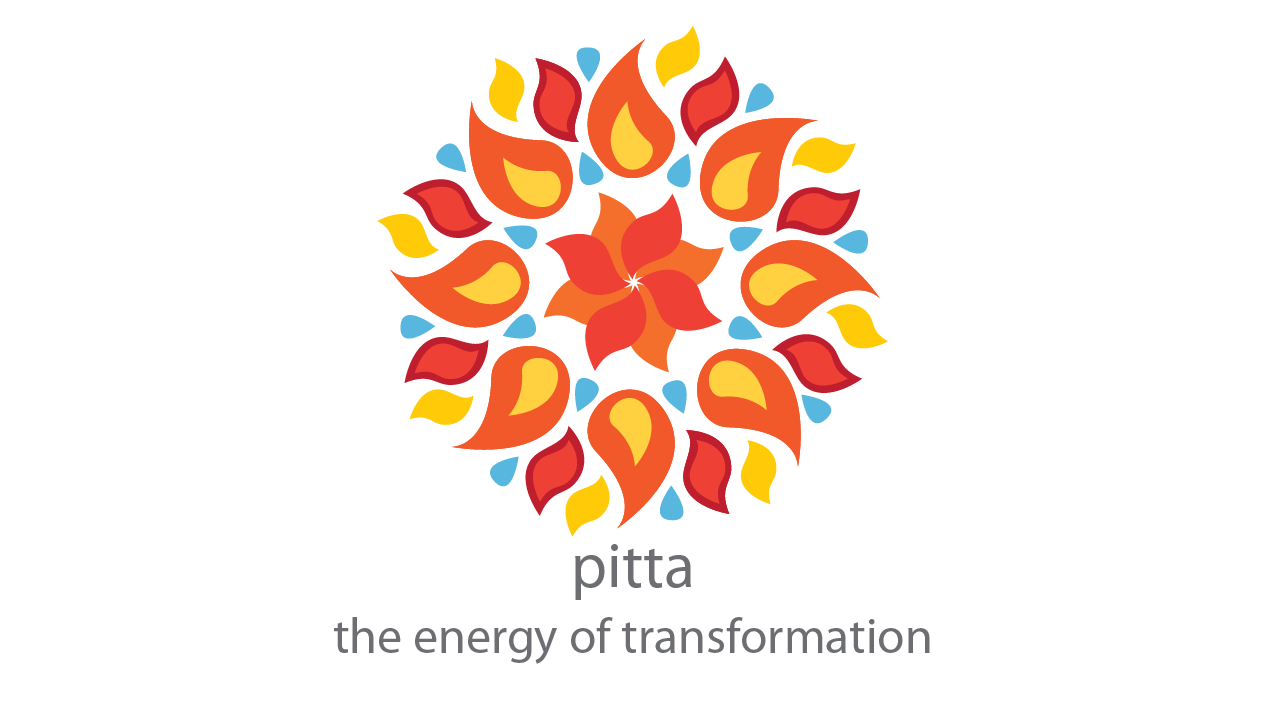100% Organic
Cannabis Oil
Browse our tasty selection of edibles available. Our CBD’s products give you safe access to the full potential of cannabinoids anytime.



About us
Who We Are
Our lounge uses only certified and high quality product. We are carefully managing each stage of manufacturing process, formulation and ingredients. We have accurate testing to ensure our products have the highest levels of quality, potency and purity. Our CBD’s products give you safe access to the full potential of cannabinoids anytime.

Pricing
Become Our Member
The Lounge is available only for members of our club. We provide memberships in our social club to immerse you in our special atmosphere. We constantly have unique events, concerts and entertainment programs. Join our world now.
Day Pass
$10

Monthly Pass
$40

Annual Pass
$530

- Free soft drinks
- Free Wi-Fi
- First order discount
- Club discount card
- VIP zone

100% Natural

Easy to Order

Free Shipping

Сertified Quality







Our Bestsellers
Online Shop
-

Dark Honey
Rated 2.00 out of 5₹19.97 – ₹46.99 Select options This product has multiple variants. The options may be chosen on the product page

Do you have more questions?
You can call us for a free doctor’s consultation!

Collaborations
Our Partners





Recent Posts
Our Blog

Understanding Kapha, the Grounding Forces of Water and Earth in Ayurveda
In the intricate tapestry of Ayurveda, Kapha embodies the stabilizing forces of water and earth, offering a sense of stability, solidity, and cohesion within our bodies. Representing the binding substance and the glue that holds our physical and emotional beings together, Kapha plays a crucial role in maintaining harmony and equilibrium. Comprised of the qualities of oily, cold, heavy, slow, and stable, Kapha exerts its influence primarily in the upper portion of the body, including the chest and head. It governs vital organs such as the heart, lungs, brain, and sense organs, shaping our physical structure and providing support for bodily functions. When Kapha is in balance, it fosters qualities of strength, endurance, and nurturing. It imbues us with a sense of groundedness, contentment, and emotional stability. However, an excess or imbalance of Kapha can lead to a range of physical and emotional challenges. To maintain Kapha balance, Ayurveda suggests incorporating pungent, bitter, and astringent tastes into the diet to counteract its inherent heaviness. Conversely, sweet, salty, and sour foods should be consumed in moderation, as they can exacerbate Kapha qualities. Signs of aggravated Kapha include lethargy, sluggishness, weight gain, congestion, and a feeling of heaviness in the head. These symptoms may also manifest as a loss of sleep and a sense of emptiness in Kapha seats, such as the chest and head. To alleviate Kapha imbalances and promote vitality, Ayurveda offers a variety of practices and recommendations. Abhyanga, the practice of self-massage with invigorating oils, and Udwarthana, a stimulating dry powder massage, are beneficial for reducing Kapha accumulation and promoting circulation. In terms of diet, favoring less and light foods, along with incorporating dry, hot, and fresh ingredients, can help balance Kapha and stimulate digestion. Engaging in regular physical activity, especially in the form of energizing exercises, can also support Kapha balance by increasing warmth and circulation in the body. Ultimately, cultivating a harmonious relationship with Kapha is essential for nurturing stability, resilience, and vitality. By honoring the wisdom of Ayurveda and embracing practices that promote balance and well-being, we can harness the grounding forces of water and earth within us, fostering health, harmony, and inner strength.
- Post author By Dr.Greeshma
- May 13, 2024
- No Comments on Understanding Kapha, the Grounding Forces of Water and Earth in Ayurveda

Navigating Vata, the Essence of Air and Ether in Ayurveda
In the intricate tapestry of Ayurveda, the concept of Vata embodies the subtle interplay of air and ether, representing movement, transportation, and the essence of change. As the master of movement within the body, Vata governs various physiological functions, including circulation, respiration, and the flow of communication between cells and tissues. Comprised of the cold, light, dry, and mobile qualities, Vata is inherently dynamic and adaptable, manifesting as the force responsible for creativity, enthusiasm, and flexibility when balanced. However, an excess or imbalance of Vata can lead to a myriad of physical and emotional imbalances. The seat of Vata is said to reside in the lower portion of the body, including the lower abdomen, pelvis, ears, bones, and colon. When in harmony, Vata promotes a sense of vitality, creativity, and inspiration. However, when aggravated, it can manifest as restlessness, anxiety, dryness, and irregularity. Understanding the qualities that aggravate or pacify Vata is crucial for maintaining balance and harmony within the body and mind. Ayurveda suggests incorporating sour and salty tastes into the diet to pacify Vata, while reducing pungent, bitter, and astringent foods that can exacerbate its qualities. Signs of aggravated Vata include lack of enthusiasm, reduced speech, weakness leading to falls or injuries, rigidity, and feelings of fullness, especially in the bowels. To alleviate these symptoms and restore balance, Ayurveda offers a range of practices and remedies. Abhyanga, the practice of self-massage with warm, nourishing oils, and Swedana, a therapeutic steam therapy, are recommended to calm Vata and promote relaxation. Additionally, Virechana (therapeutic purgation) and Vasti (medicated enema) may be prescribed to detoxify and rebalance the body. In terms of diet, favoring unctuous, hot, and fresh foods, along with warming herbs and spices, can help pacify aggravated Vata. Avoiding excess stimulation and creating a consistent daily routine are also essential for grounding Vata’s airy nature and promoting stability. Ultimately, harmonizing the winds of change within our bodies is key to cultivating optimal health and well-being. By honoring the wisdom of Ayurveda and nurturing a harmonious relationship with Vata, we can navigate life’s transitions with grace, resilience, and inner balance.
- Post author By Dr.Greeshma
- May 13, 2024
- No Comments on Navigating Vata, the Essence of Air and Ether in Ayurveda

Understanding Pitta, the Dynamic Dance of Fire and Water in Ayurveda
In the ancient wisdom of Ayurveda, the concept of Pitta embodies the dynamic interplay of fire and water within our bodies. Representing transformation and metabolism, Pitta governs digestion, metabolism, and energy production, playing a pivotal role in maintaining overall health and vitality. Pitta, primarily composed of the fire and water elements, manifests as the energy responsible for metabolic processes, body temperature regulation, and the maintenance of healthy skin and vision. When balanced, Pitta fosters a sense of vitality, intelligence, and courage. However, an excess or imbalance of Pitta can lead to a host of physical and emotional disturbances. The seat of Pitta is said to reside in the stomach, lymph, plasma, eyes, skin, and blood, influencing various bodily functions. When in harmony, Pitta promotes a sense of lightness, clarity, and enthusiasm. However, when aggravated, it can manifest as excessive heat, inflammation, irritability, and digestive disturbances. Understanding the qualities that aggravate or pacify Pitta is essential for maintaining balance and harmony within the body and mind. Ayurveda suggests incorporating astringent and bitter tastes into the diet to pacify Pitta, while reducing pungent, sour, and salty foods that can exacerbate its qualities. Signs of aggravated Pitta include hypothermia, weakness of the digestive fire, lack of body luster, excess feeling of cold, changes in skin color, burning sensations, and skin problems. To alleviate these symptoms and restore balance, Ayurveda offers a range of practices and remedies. Abhyanga, the practice of self-massage with cooling oils, and Shirodhara, a soothing therapy involving the continuous flow of warm oil onto the forehead, are recommended to calm Pitta and promote relaxation. Additionally, Snehapana (internal oleation) and Virechana (therapeutic purgation) may be prescribed to detoxify and rebalance the body. In terms of diet, favoring sweet, sour, and salty foods, along with cooling herbs and spices, can help pacify aggravated Pitta. Avoiding excessive anger and incorporating calming activities such as walks in nature and uplifting conversations with loved ones can also support Pitta balance. Ultimately, embracing the dynamic dance of fire and water within our bodies is key to cultivating optimal health and well-being. By honoring the wisdom of Ayurveda and nurturing a harmonious relationship with Pitta, we can tap into our innate vitality and vitality, fostering balance, resilience, and radiant health.
- Post author By Dr.Greeshma
- May 13, 2024
- No Comments on Understanding Pitta, the Dynamic Dance of Fire and Water in Ayurveda



